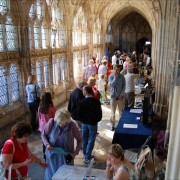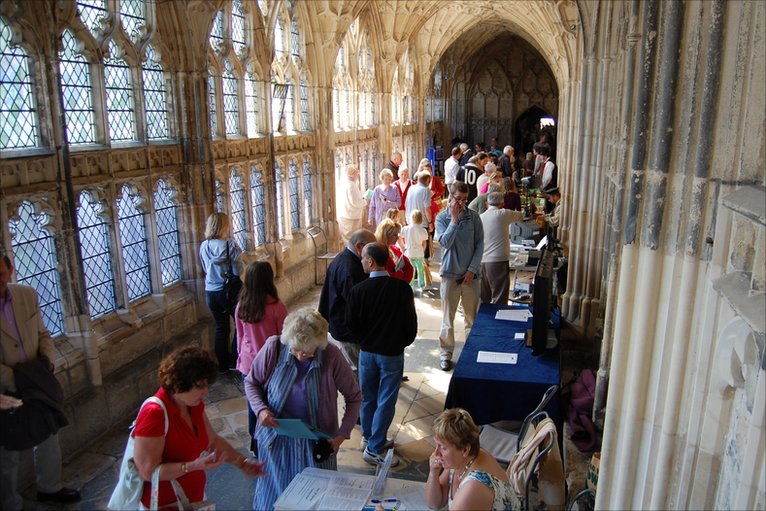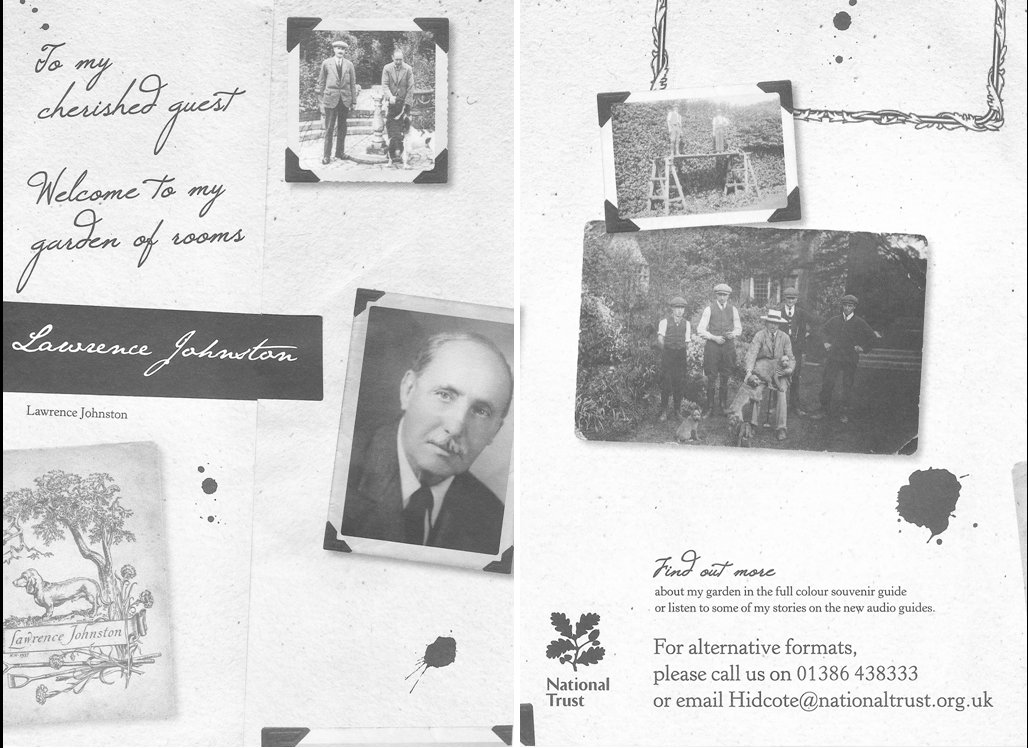How to Keep All of Your Museum Visitors Happy, All of the Time (Well, Almost)
The key to visitor satisfaction is understanding your visitors and what they want from a day out. A little audience segmentation is handy here, courtesy of our friends at the National Trust.
Dinah and I spend a lot of our time hanging around museums talking to their visitors to see how happy they are.
Specifically, we’re talking to people who have just experienced one of our interactive exhibits, audio guides or games to find out what they think. And although most are positive, there are some who don’t definitely don’t like what we’ve done.
The first experience we launched was our mobile phone audio tour for Gloucester Cathedral. During the first few week’s we’d loiter just behind the official Cathedral Welcomers, ready to pounce on any likely mobile phone wielding visitor to tell them about the tour. We got plenty to try and most absolutely loved it. But some didn’t like it at all. And it was nothing to do with the concept of using their mobile phone in a Cathedral – it was all to do with how we’d delivered the content.
We’d told the stories of seven people and events commemorated in the Cathedral. Visitors could listen to the stories by dialling a number on their phone. The stories were a mix of mini documentaries, docu-dramas and full-blown dramas.
The positive comments we got included words like ‘powerful’, ‘entertaining’ and ‘moving’. The negative comments we got included phrases like ‘too long’ and ‘get to the facts.’ It was then that the different motivations of visitors to the Cathedral become obvious.
Some clearly had come to the Cathedral on a mission to fact find. They actively wanted to add to their knowledge, had certain facts they wanted to learn and wanted those facts delivered in the most concise and easy to digest manner possible.
Others were less committed to coming to the Cathedral – it was leisure time rather than learning time. They didn’t have a specific agenda and were more open to be entertained and engaged by our stories. They weren’t looking for any specific facts, and so therefore weren’t irritated when the facts were delivered by storytelling rather than straightforward interpretation. Most of the families visiting fitted into these category.
We kept these two segments – the ‘fact seeker’ and the ‘entertainment seeker’ – at the forefront of our thinking when designing future experiences. And it was gratifying to find that, a year or so later when we did some work for the National Trust, that our ‘anecdotally observed’ segments had some basis in empirical fact.
About 5 years ago, the National Trust set about coming up with a new way of segmenting their visitors, largely based on psychographics (personality, values, opinions, attitudes, interests, and lifestyles) rather than the traditional age and demographics.
They came up with 7 segments, described as thus:
Out and About
Spontaneous people who prefer chance encounters to making firm plans and love to share their experiences with friends.
Young Experience Seekers
People who are open to challenge, in a physical or horizon-broadening sense They make and take opportunities in their journey of personal discovery.
Curious Minds
Active thinkers, always questioning and making connections between the things they learn. They have a wide range of interests and take positive steps to create a continual flow of intellectual stimuli in their lives.
Live Life to the Full
Self-driven intellectuals, confident of their own preferences and opinions and highly independent in their planning and decision making; these people are always on the go.
Explorer Families
Families that actively learn together, the adults will get as much out of their experience as the children. To fit in the interests of all family members planning, sharing and negotiation are essential.
Kids First Families
Families who put the needs of the children first and look for a fun environment where children are stimulated and adults can relax; they’re looking for a guaranteed good time.
Home and Family
Broad groups of friends and family who gather together for special occasions. They seek passive enjoyment of an experience to suit all tastes and ages.
Before your mind starts boggling at the thought of creating interpretation for all these different groups, you should know that the 3 most important groups for most National Trust attractions (and therefore probably most museums and attractions in general) are Out and About, Curious Minds and Explorer Families.
For us, it was a ‘eureka’ moment as the Out and About-ers combined with the Explorer Families felt aligned with our ‘entertainment seeker’ group. And the Curious Minds had much in common with our ‘fact seeker’ group. And our experience at the National Trust’s Hidcote Manor Garden backed that up, where Out and About-ers and Explorer Families loved our dramatised audio experience A Walk with Lawrence Johnston, whereas the Curious Minds wanted the history of the garden (and the names of the plants) delivered to them in a more straightforward and concise way.
So what’s the lesson to keeping all of your visitors happy, all of the time? You need to find a way to deliver the relevant facts concisely for the Curious Minds and you need to entertaining ways to engage Out and About-ers and Explorer Families in your story.
How do you do that? By applying a little journalistic practice and a little psychological theory. But more of that soon.



